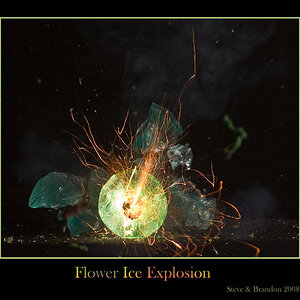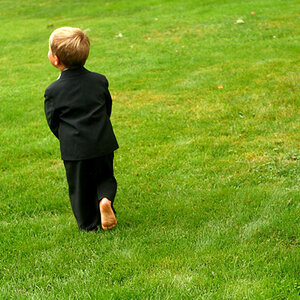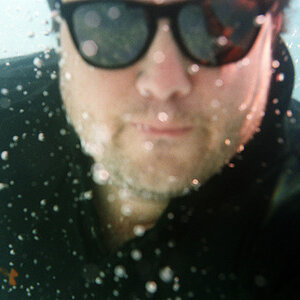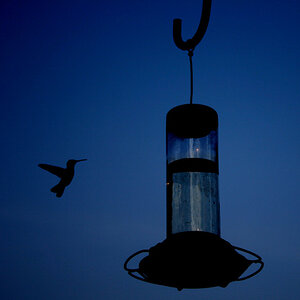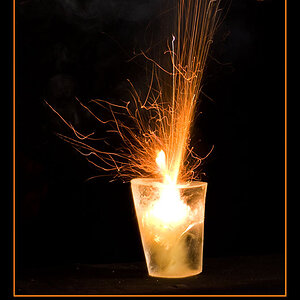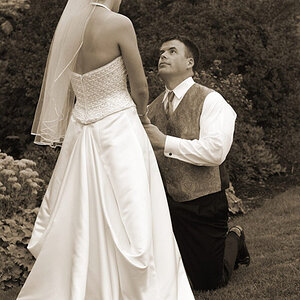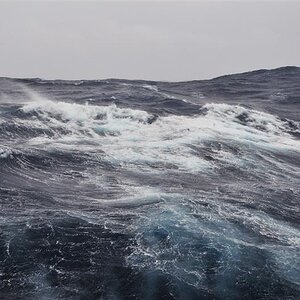griffinwalsh
TPF Noob!
- Joined
- Aug 24, 2016
- Messages
- 7
- Reaction score
- 0
- Location
- Canada
- Website
- www.griffinwalsh.tumblr.com
- Can others edit my Photos
- Photos OK to edit
Hello!
Today I tried doing a few long exposure shots on the beach at sunset. I recently got an ND4 filter and circular polarizer. Attached below are some of the shots I took, and the settings used.

F number: 25
Exposure program: 1
Exposure time: 1.6sec

F number: 25
Exposure program: 4
Exposure time: 4sec

F number: 20
Exposure program: 4
Exposure time: 3.2sec
If there is any other information needed for these photos, please let me know and I'll include it. I really appreciate your critique!
Thanks!
Today I tried doing a few long exposure shots on the beach at sunset. I recently got an ND4 filter and circular polarizer. Attached below are some of the shots I took, and the settings used.

F number: 25
Exposure program: 1
Exposure time: 1.6sec

F number: 25
Exposure program: 4
Exposure time: 4sec

F number: 20
Exposure program: 4
Exposure time: 3.2sec
If there is any other information needed for these photos, please let me know and I'll include it. I really appreciate your critique!
Thanks!


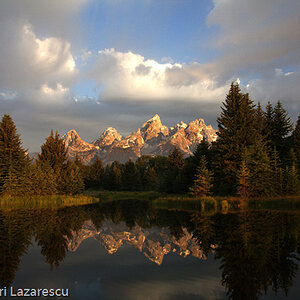

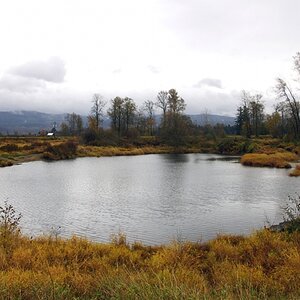
![[No title]](/data/xfmg/thumbnail/31/31095-2b52a6dcc956382cffdd384ae4d156f2.jpg?1619734612)
